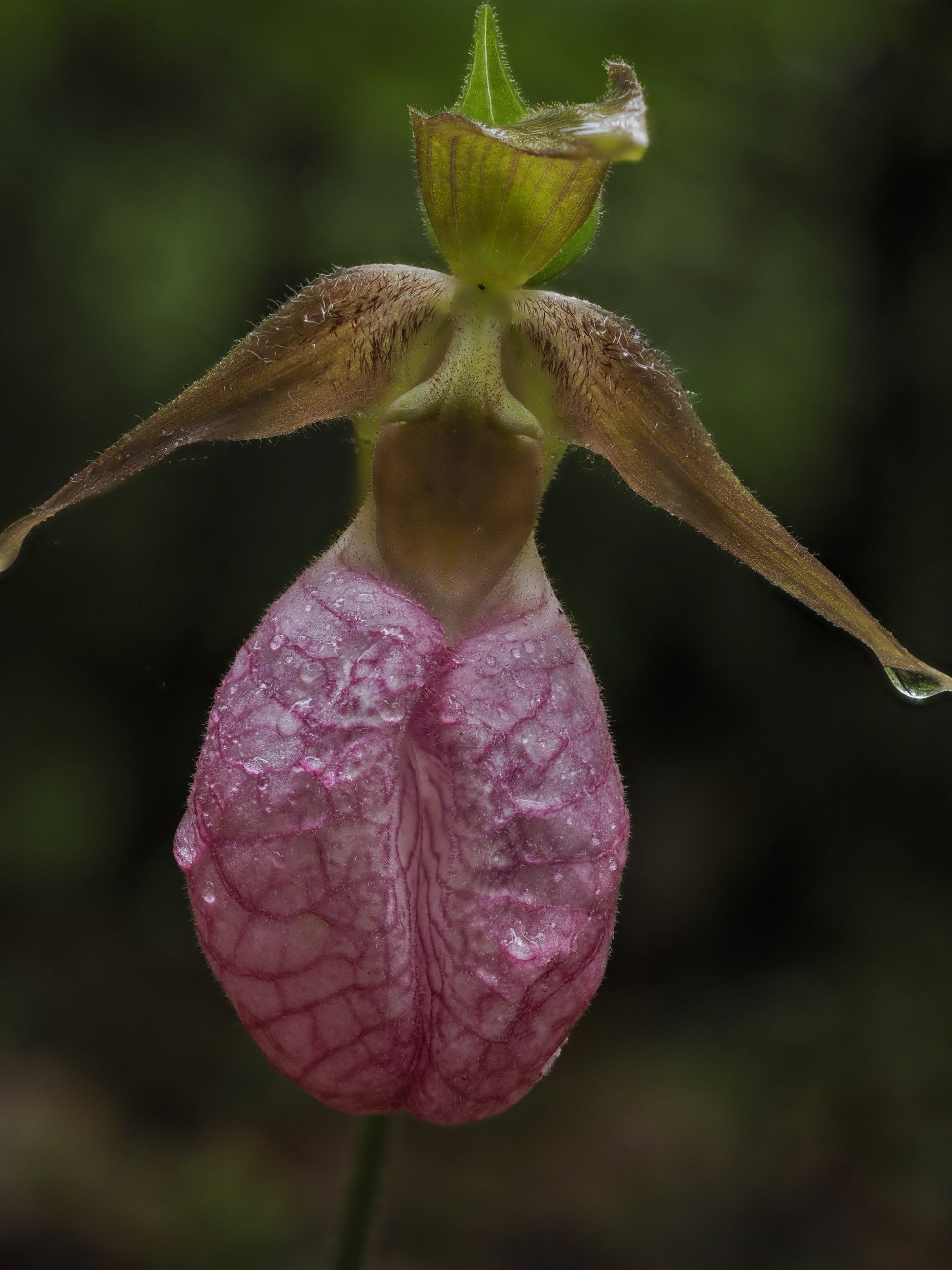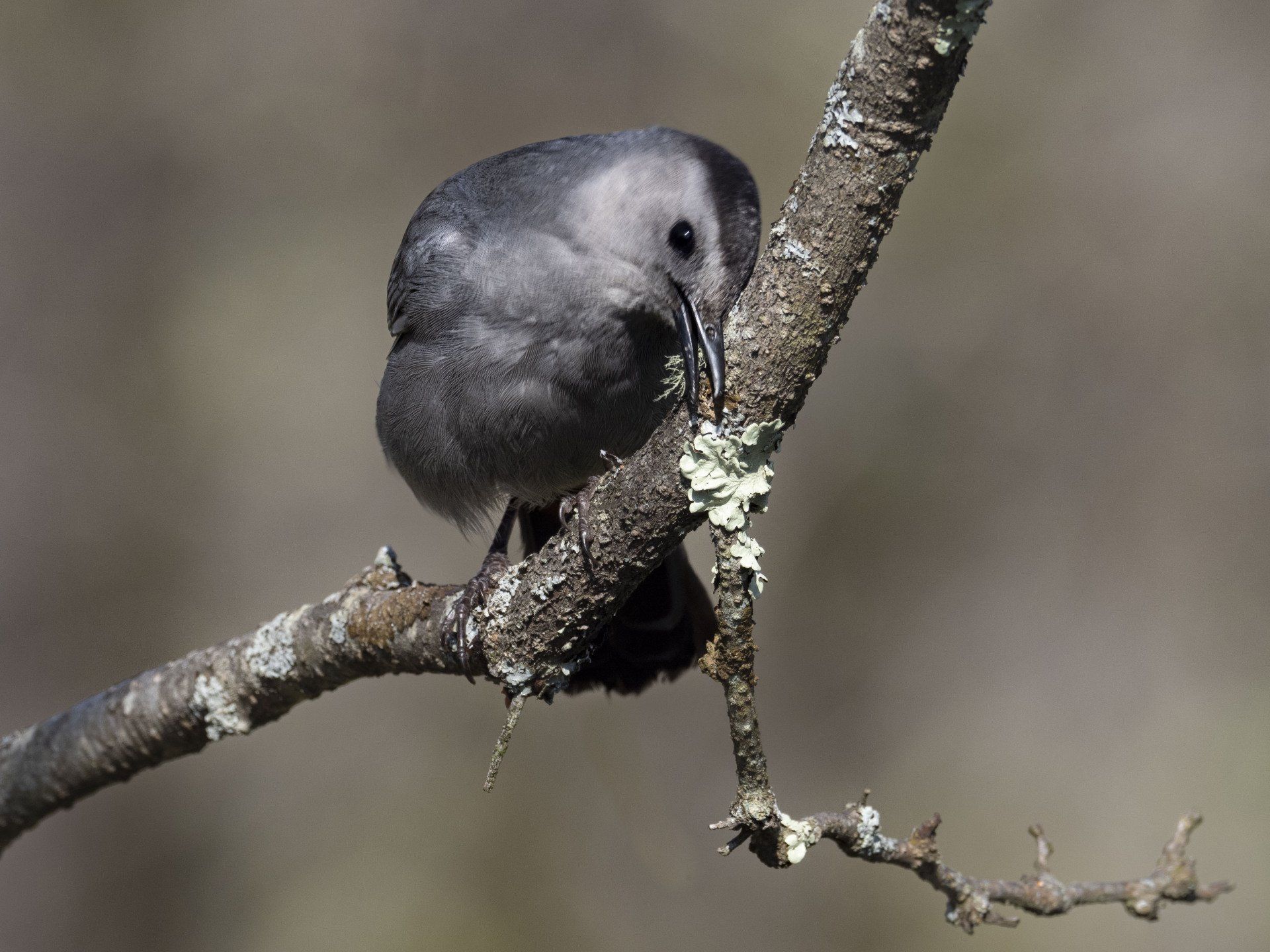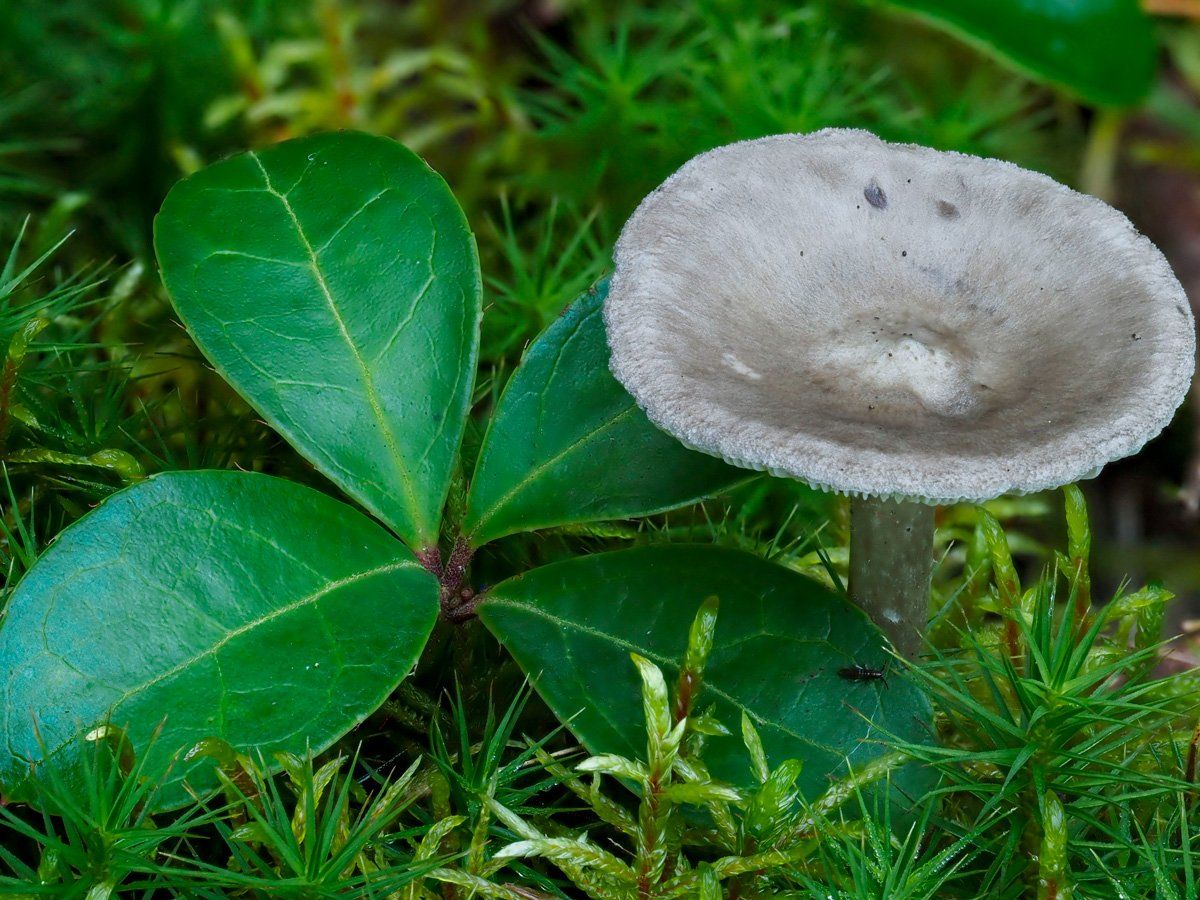Technology or Creativity
Why I am Embracing New Technology

For years, decades, I photographed with one of the bigger name systems, now I am an OM System photographer. Why? Because when the digital age first came into the scene I fought switching for a long time. I kept thinking, hoping, that that it would pass, and the photo industry would simply accept the fact that 35mm slides where the only way to make good images. Of course, as in many of the great business decisions I have made in my life, I was wrong. It took a while, but I eventually gave in and purchased my first digital camera. I must admit that my reluctance in making the switch came more from my fear of having to learn a new way of photographing, and having to learn all of the computer software that was involved. It was a big mistake on my part because by the time I entered the digital world, the software had progressed to a place where I had much more to learn than if I had switched to digital sooner and learned in incremental stages.
Years passed, and once again I was faced with a similar decision, the mirrorless camera came into being. Unlike history I was going to learn from my mistakes. I started looking into the choices of cameras, looking into the features, and fortunately due to years of carrying heavy cameras around on my back, looked into the weight of the equipment I was about to buy. In the end, I chose Olympus, now known as OM System. It was a hard switch, as I had to forsake my inner golden retriever, and become disloyal to the camera brand I had used for so many years. With that said however, once I started using my new system, the feelings of guilt were quickly shed and joy about my new photo capabilities came to life. Unbeknownst to me, Olympus was secretly developing these crazy new features that brought photography into a whole new era. Things like in-camera focus stacking, built in ND filters, something called Pro-capture where my camera makes images before I press the shutter release, and also, the ability to focus on the stars. Excuse me, I just had a Star Trek moment. These features allowed me to make images in a way I never would have dreamed possible before I got an OM System camera. Now granted, many of these features could have been done manually, in post processing or by simply putting on filters, but now I did not need to. I could just make images and not think about what I would do on the computer or have to stop and add a step to my making images, I could just hit a button on my camera and it was done. Oh, and by the way, my new cameras weigh a fraction of the amount of my older cameras.
Now I have always been more of the purist when it came to making photos. Even in post processing I never ventured from simply using the tools to do things I could have done in a dark room. So how is it that I embraced what is now called computational photography? Well as I mentioned before none of these new features allowed me to do anything that I might not have been able to do without the new features. Even the Pro-capture feature where the camera makes images before I hit the shutter could have been done by simply holding my finger down on the shutter before the image I was hoping for came into light.
What the new features do is allow me to not have to think about the technology of photography, it simply allows me to think about my image. People say that everything in the world has already been photographed. Whether this is true or not, it’s close to true which means as a photographer you need to be more and more creative if you want your images to stand out among the other photos that already have been made. Of course I know other camera brands now have some of the features that my OM System cameras have, but OM System is whom I went with so it is the system I use. They were the first to develop many of these features and continue to develop new and exciting options in camera technology. When I teach photography I certainly talk about apertures, and shutter speed, I talk about all of the tools we have to use in photography. But mostly, I talk about making images. I talk about composing, about thinking like a photographer, about using your imagination and ideas. I want my students to think and understand what their cameras can do so that they can explore and create the photographs they imagine. This takes an investment of time and practice to be sure. This takes work and learning your camera so well you don’t need to think about the camera, just the image. I spent many hours using my new cameras before I felt proficient enough to use them the way I wanted to. Like any other art form, once you understand what your tools can allow you to accomplish it will open you up to create in a way that frees you from the technology.
The image of the Pink Lady Slipper was made using something called in-camera Focus Stacking. Focus Stacking is where the image is a composite of multiple images that are made with the focus point at different locations in the frame. Once all the images are made, the camera stacks them together so that the end result is an image where the entire subject is in focus, from front to back. I choose the composition, I set the exposure, I set the shutter speed, I set how many images the camera should make and at what intervals it should make them. I decide how much I wanted in focus and how blurred the background should be. The camera was my tool but the photo is my creation.
Photographer William Albert Allard said “You’ve got to push yourself harder. You’ve got to start looking for pictures nobody else could take. You’ve got to take the tools you have and probe deeper.”
The new technology is another tool, another way to bring your images to the next level. Some of you might still think that cameras have gone too far, that’s your choice. To me the photograph is an expression of your feelings, and your vision, the camera could just as well have been a painters brush, or a sculptures chisel. As technology advances it is allowing you to be more expressive. I care more about the expression than I do about how I got there.


ADDRESS:
165 Little River RD, North Berwick, ME. 03906
165 Little River RD, North Berwick, ME. 03906
BUSINESS HOURS:
- Mon - Sun
- -




